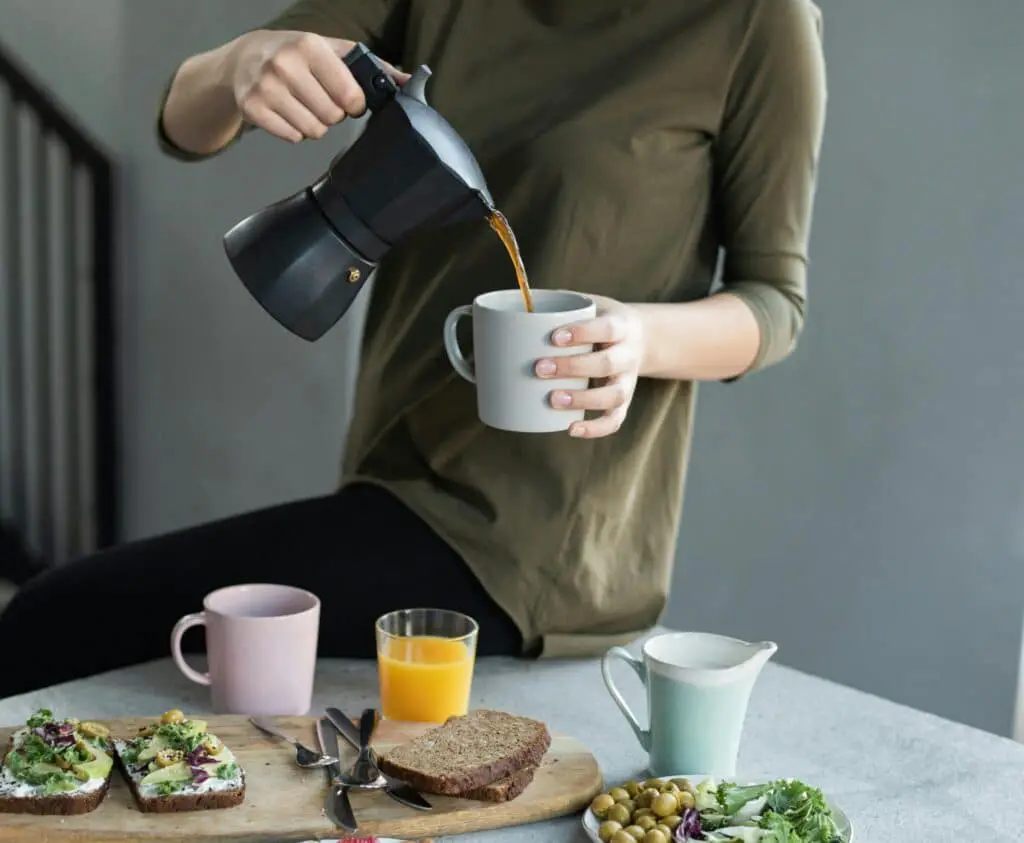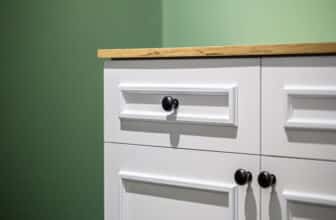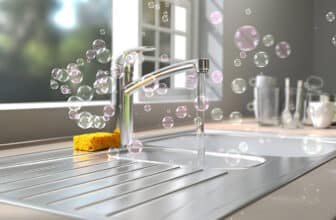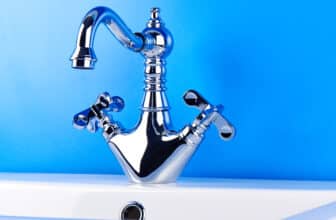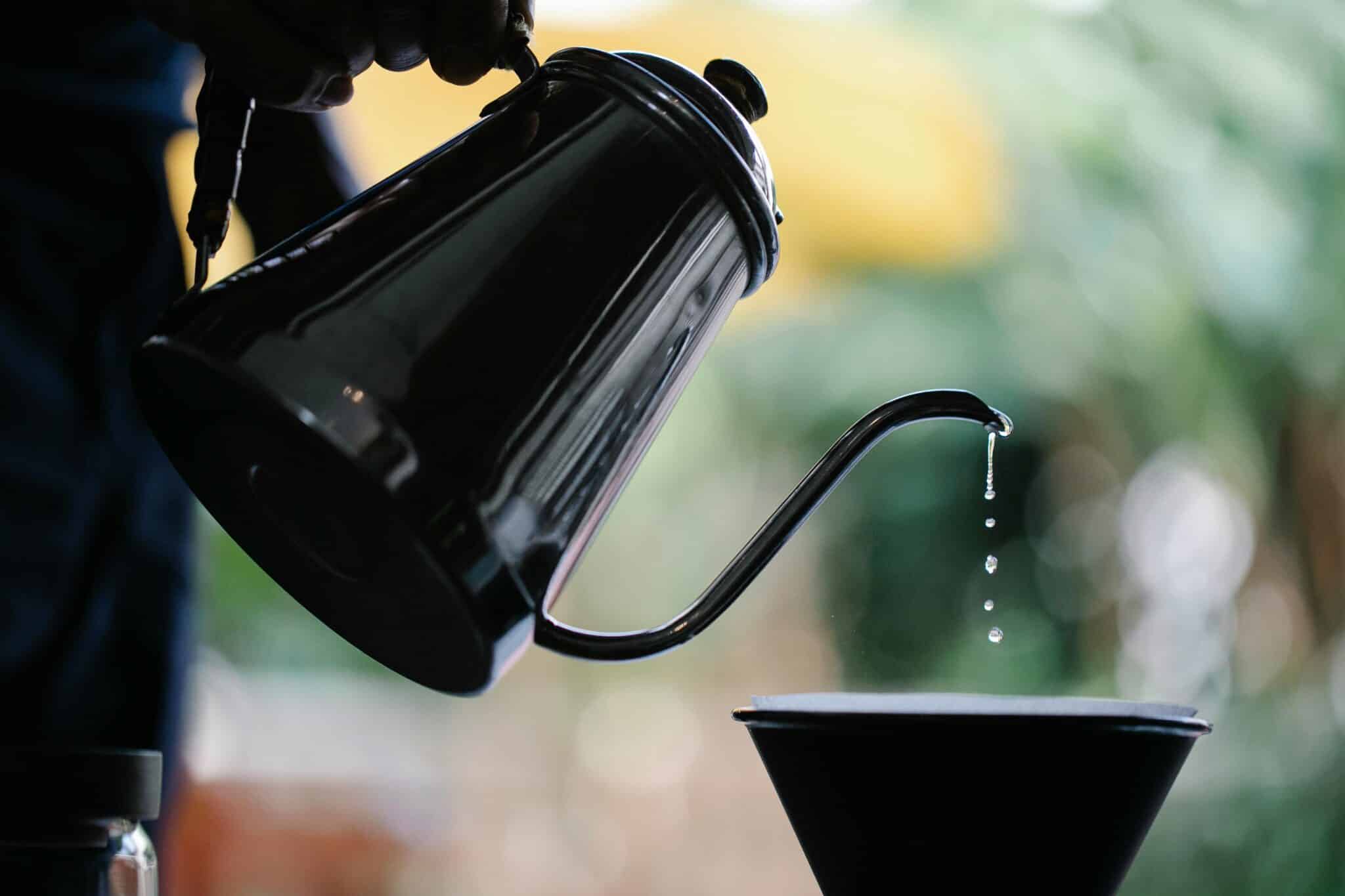
A Guide to Brewing Superiority
Do you love that bold taste of a pour over coffee ratio because of the coffee lover in you? If yes, you must have wondered how to brew a nice cup of coffee. All right, usually, that secret boils down to the coffee-to-water ratio, and that’s why we’ve prepared a complete guide on pouring over coffee ratios for you. Although taste is ultimately subjective, knowing these ratios can be helpful for anyone from a seasoned barista to a casual coffee drinker who enjoys coffee from time to time.
In this article, Modern Kitchen Gear will discuss the best pour-over coffee ratio, what determines the amount of coffee and water you need, and how you can adjust everything, especially for your favorite ratio. After reading this whole article, you will be well on your way to making that perfect coffee, even if it’s with a drip machine, french press, or smooth cold brewing machine, whichever you have. We will answer all the questions behind the pour-over coffee ratio, and our experts have provided some comprehensive, advanced tips for perfecting your brew.
We enthusiastically find the best kitchen products, homeware, and kitchen pro tips for you so you can enjoy using them without any hassle. This blog will take around 5 minutes to read the whole content, so we request that you read the full content. Also, we added a table of contents to help you navigate the different portions of this content easily. We are trying to cover up all the considerations about these thoughts.
So, without any other discussion, let’s dive into it.
- What is Pour Over Coffee Ratio?
- Why Ratios Matter?
- Ideal Pour-Over Coffee Ratios
- The Conventional Perfect Ratio: (1:15)
- Advantages of (1:15) Ratio
- Experimenting with Ratios
- Factors That Influence Your Ratio
- Our Expert Progressive Guide to Brewing
- Which beans to use for pouring over?
- Great coffee comes down to attention to every detail.
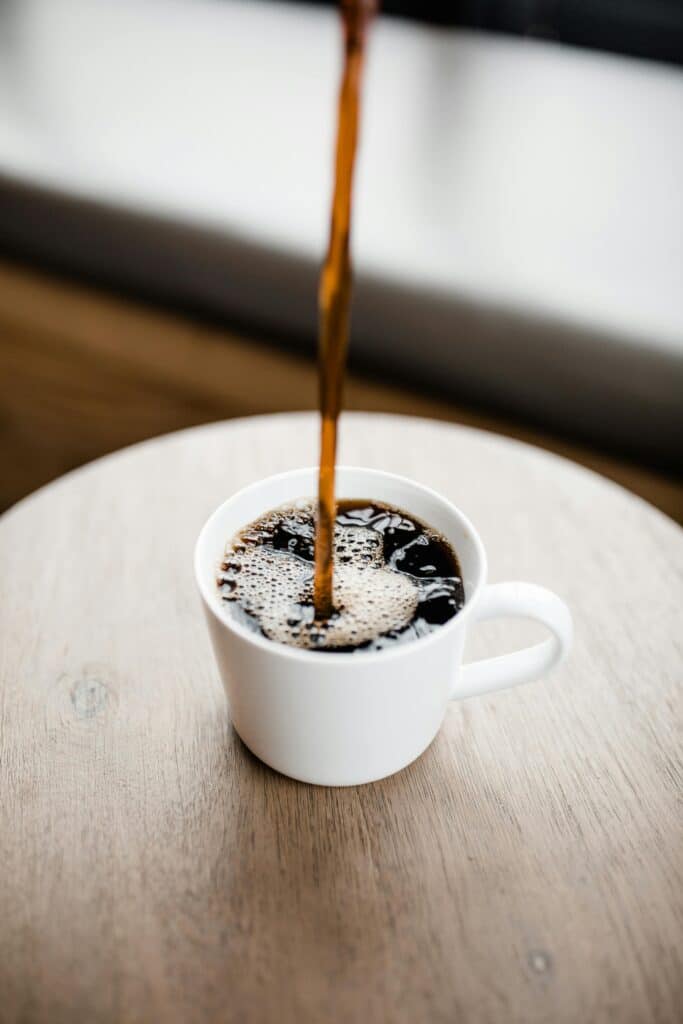
Pour Over Coffee Ratio Explained
So, before going to these comprehensive explanations of the pour-over-coffee ratio, we should first discuss what precisely the pour-over-coffee ratio is and why it matters so much for perfect brewing.
What is Pour Over Coffee Ratio?
Pour-over coffee is a brewing methodology that refers to hot water being streamed over coffee grinds, those that are inside a filter. Hot water soaks up the coffee taste on its route and is dripped down through it into a carafe or mug beneath. This method will give you loads of control, therefore resulting in a vibrant cup of savory coffee.
Why Ratios Matter?
Coffee has to be balanced just right, and the ratio of coffee to water can change the flavor, smell, and body of your drink. Using the proper ratio helps get out the best flavors. But if you mess it up, you might end up with bitter or harsh coffee or something that tastes too weak and sour.
Ideal Pour-Over Coffee Ratios
It can vary depending on whether you want a different flavor ratio, of which there is plenty for experimentation! There are some basic rules on how to brew consistently great coffee that will make your life easier.
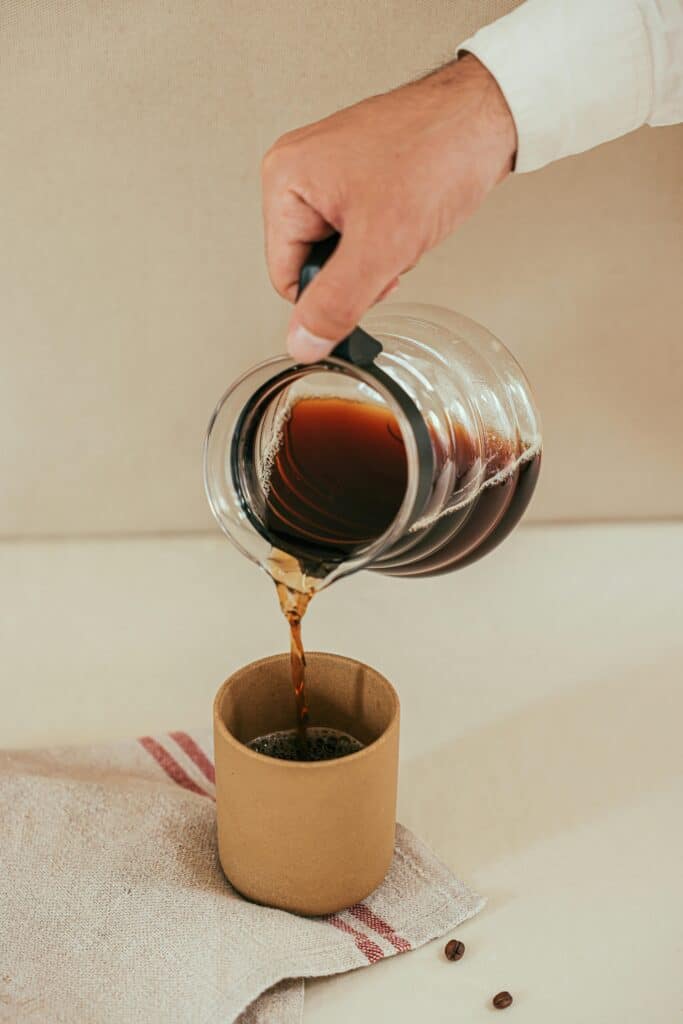
The Conventional Perfect Ratio: (1:15)
A good starting point for a pour-over coffee ratio is (1:15). That means one portion of coffee for every fifteen portions of water you need. So, if you are using 10 grams of coffee powder, you need 150 grams (milliliters) of water for standard water.
Advantages of (1:15) Ratio
Experimenting with Ratios
While sticking with (1:15) is excellent, changing it up can make your coffee even better. Here are some ideas:
More robust Coffee: If you like it boldly, go for a (1:12) ratio.
Lighter Brew: A (1:17) ratio will give you something milder and smoother.
Personal Preferences: Feel free to explore! Your ideal ratio could be anywhere around these suggestions based on what you like.
Factors That Influence Your Ratio
Different things can affect your perfect pour-over coffee ratio. Knowing these factors can help improve your brew a lot.
Grind Size
How finely you grind your coffee beans matters for extraction. Finer grounds pull the flavors faster, while coarser grounds take longer. Changing your grind size can lead to better results while keeping the same ratio.
Brew Time
How long you brew affects taste, too. Brewing for longer with the same ratio might make it bitter while brewing shorter could give you something watery. Aim for about 3 to 4 minutes for best results.
Coffee Type
Here, each kind of coffee bean has its flavor and seasoning strengths. For example, dark roast coffee beans and light roast coffee beans may need different roast ratios since they taste distinct from others.
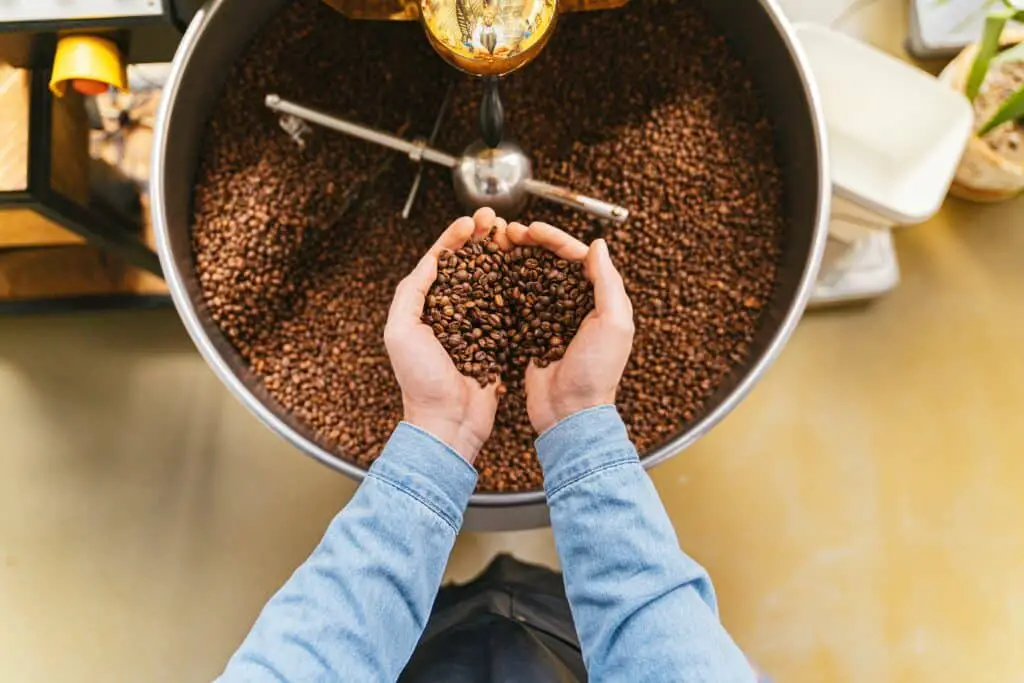
Our Expert Progressive Guide to Brewing
Now that we’ve covered why ratios are essential, here’s a simple guide to making that perfect pour-over coffee ratio per cup.
Materials Needed
Brewing Instructions
1. Measure Your Coffee: Weigh out your amount based on your chosen ratio.
2. Grind the Coffee: Set your grinder for medium-fine, just right for this method.
3. Boil Water: Wait to get your water hot at about 200°F (93°C).
4. Prepare the Dripper: Put the filter in and rinse it with hot water so there’s no paper taste.
5. Bloom the Coffee: Add those grounds in and wet them with some water (double the weight of the coffee). Permit it to sit for (30–45) seconds.
6. Pour Water: Slowly drizzle more water in circles over those grounds.
7. Enjoy: Once all that water drips through, sip and enjoy your perfect cup.
Which beans to use for pouring over?
Choosing excellent coffee beans for a pour-over can maintain a powerful effect on the flavor and overall taste experience of coffee. Tips to select the best beans for you to get the perfect taste of brewing:
Roast Level:
Light to Medium Roast: This roasting level is commonly the best favored for pour-overs as it retains the sophistication of coffee flavors without any smoky flavors to your taste, with caramelized tones generally seen in the darker roast’s beans.
Single-Origin Beans: Go with single-origin beans over blends (they contain beans from more than one region, diluting the flavor). Single-origin beans show off the flavors of a particular area.
Freshness is the Key: You want freshly roasted beans. Beans roasted (1-2 weeks ago) are ideal for good taste.
Tasting Notes: Ethiopian Yirgacheffe Flavour Profiles: bright acidity and floral species.
Kenya Peaberry: It offers a well-balanced cup of coffee with its fruity and flowery savors.
Experimentation: I have never been worried about trying different beans from various continents. Try most of the beans and select which beans will be best for you. Each region of beans will offer a unique flavor status that improves your pour-over coffee ratio.
Great coffee comes down to attention to every detail.
Acquiring that ideal pour-over coffee ratio{1} is an art of the hand of the maker. It is all about finding that sweet taste of your coffee between your coffee-to-water ratio and other brewing aspects. Boot the things off with that (1:15) ratio and recreate the taste around until you see what lashes you with just the right tone for the taste. You may discover an extraordinary flavor along the way you want.
Modern Kitchen Gear warmly thanks you and delight to see here. Thank you for coming and visiting us. If you find our content beneficial and get updated for upcoming advanced kitchen appliances, visit our latest kitchen-related blog post. If you are enjoying our blogs and are passionate about cooking and appliances, please subscribe to our Newsletter.
